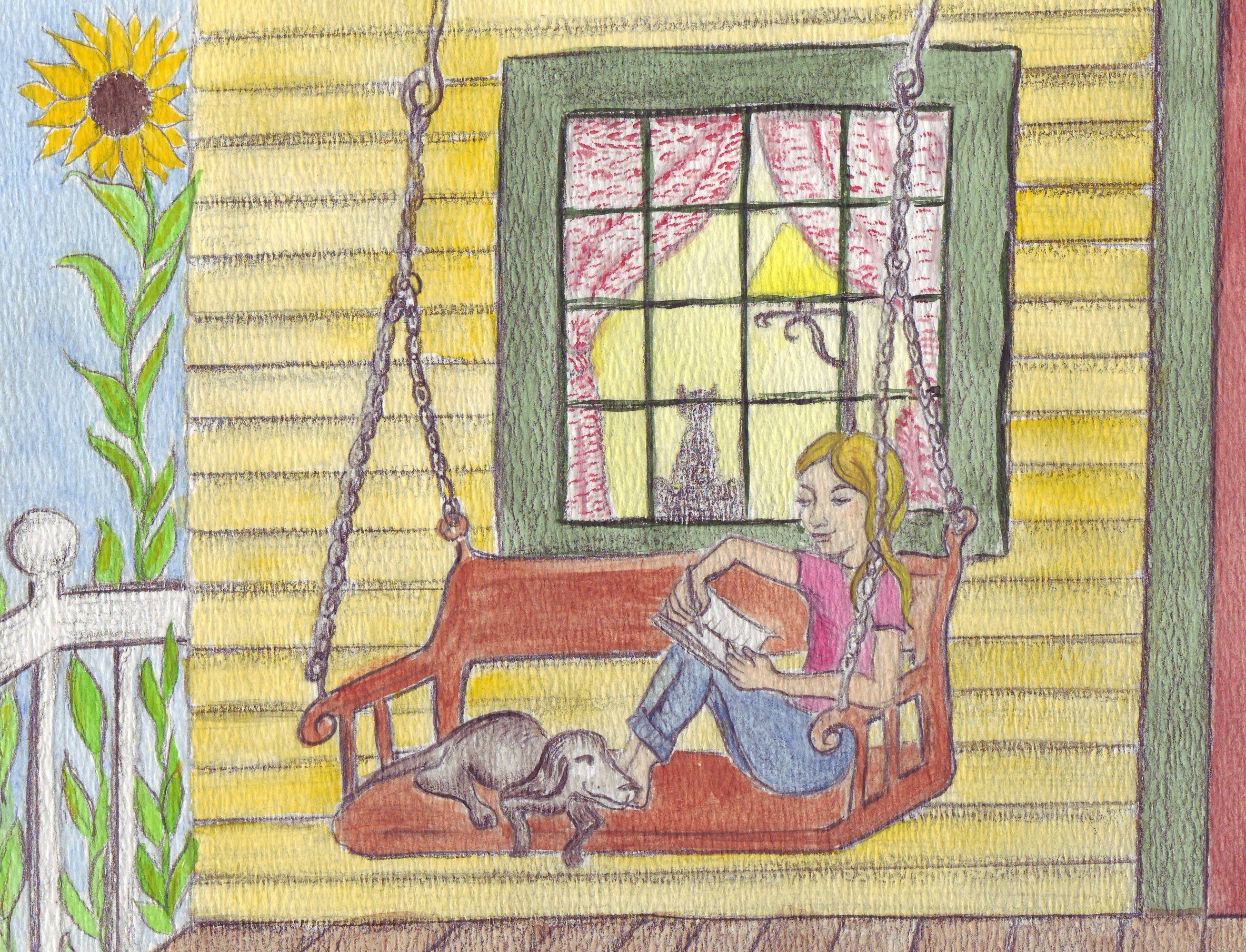About Writing Tales
Writing Tales was born out of the authorís experience
teaching a writing class to 3rd and 4th grade students in
a classical co-operative. A desire to
teach writing from the classical approach led to a need to make the subject more
accessible and enjoyable, and a curriculum was born.
The curriculum for both levels is built on a 30 lesson
structure. One story is studied for two
lessons; each lesson is about one week long. In the first lesson, the story
is introduced. The structure of the
story is studied - who wrote it? Who are
the main characters? What is their
problem and how do they resolve it? The
student practices copywork using a passage of the story, and defines vocabulary
words from the story. A specific grammar
concept is learned using examples from the story. In Level Two, the student practices outlining
the story, and finding synonyms for certain words. Finally, the student re-writes the story in
his own words.
In the second lesson, the student practices spelling with
words that were mis-spelled in her first written story. More grammar practice is included. Finally, instructions are given for
re-writing the story a second time. It
is here that a small deviation from the strict classical approach is included,
and bears some explanation.
The strict classical approach to writing calls for a strict
re-telling of the original fable or fairy tale by the student and nothing
else. It is in this way, by re-telling a
well-written story, that the student learns how to craft words into
well-written sentences and well-told plots.
But it was the authorís experience that the student did not find much
enjoyment in this process. When the
student was encouraged to add small details of his own to his final story, the
student took much more pride in the finished product! Therefore, in the second re-telling of the
story, the student is instructed to write the story again and add minor details
of his own design, details that will not
change the basic plot of the story, but details that will make the story the studentís
own, nonetheless. For example, sometimes
they are encouraged to give names to the characters (frequently Aesopís
characters do not have names). They may
be encouraged to branch out and add a scene or two (Why was a certain character
found to be in a certain situation, for example? What led him or her to be there?). When this minor change to the writing process was added, the difference in the students' excitement about their writing projects was tremendous.
Along the way, plenty of games are included to make the
study of grammar and writing fun! The
Teacherís Guide is written with ease of teaching in mind; the Appendix has almost everything needed right
at hand.
At the end of the 30 lessons, the student that finishes Writing
Tales will have a treasure chest of fifteen well-written fables and fairy
tales of their very own.
